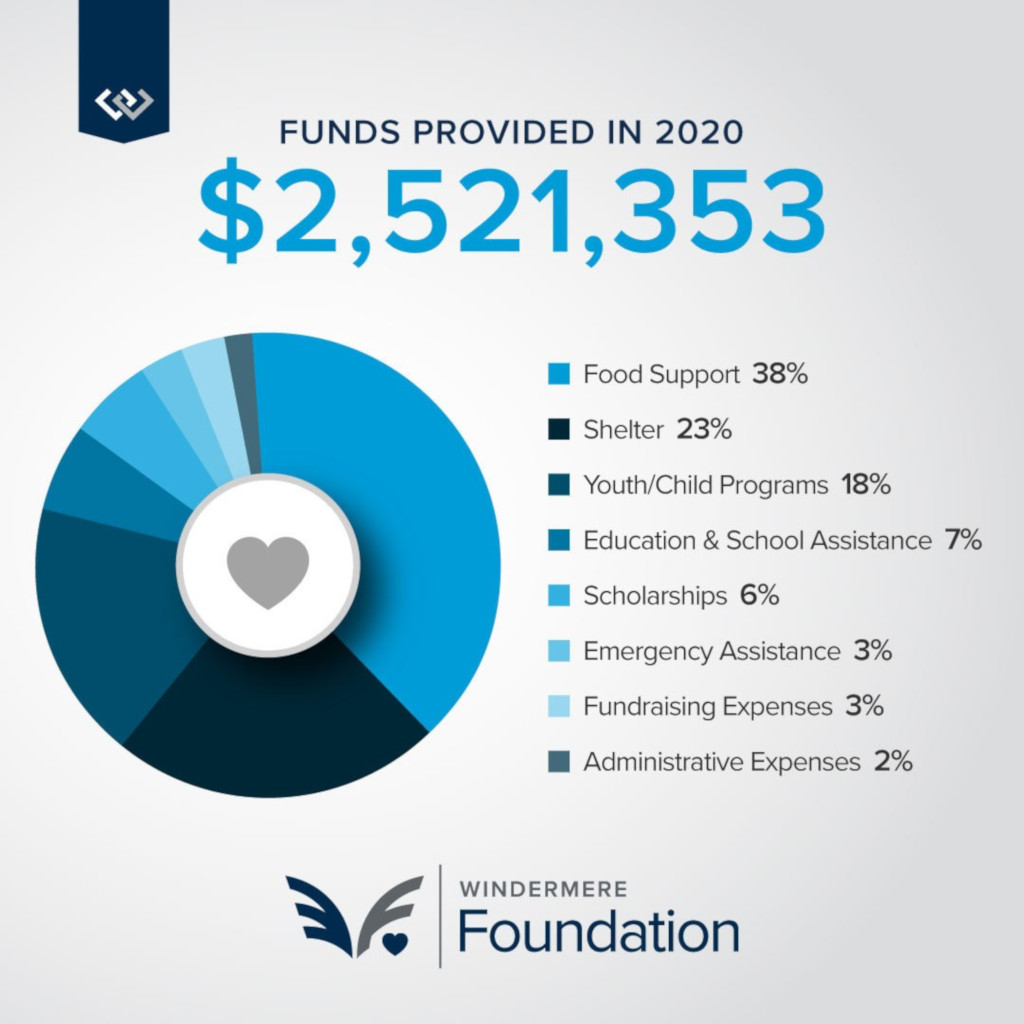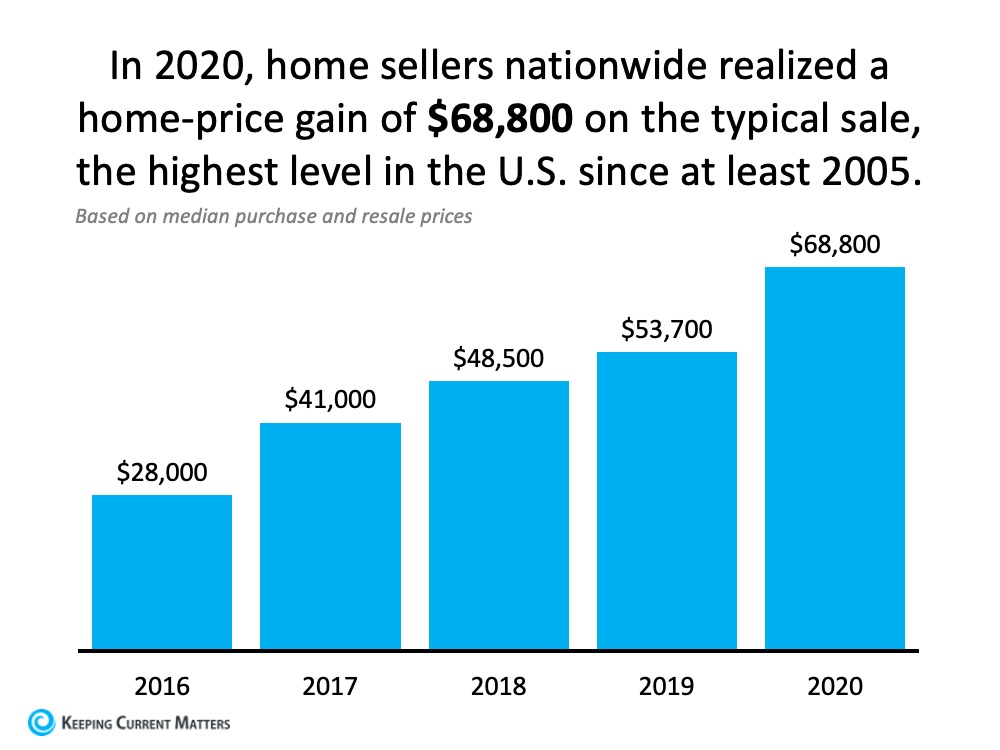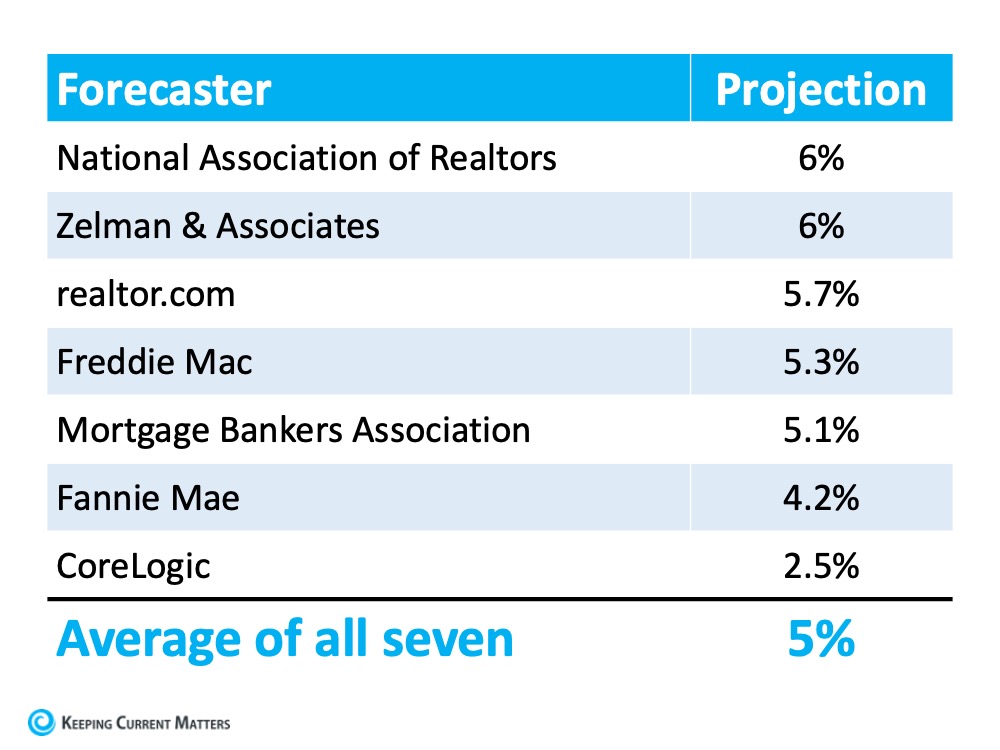
Homeowners across our region are enjoying incredibly healthy equity levels due to an upswing in the real estate market over the last five years. In fact, the median price in King County is up 50% over the last five years and up 55% in Snohomish County. Over the last 10 years, the median price is up 96% in King County and 106% in Snohomish. This growth in equity has given homeowners the exciting option to sell their home for a high price and move on to their next chapter, such as a move-up, down-size, or second home. This price growth is great news and provides many opportunities; however, we have also faced some challenges in how to make these transitions due to tight inventory.
The biggest challenge for buyers, which is conversely a benefit for sellers in the marketplace right now, is limited inventory levels. Buyers who need to sell their homes first in order to buy want to benefit from the upward pressure on prices for their home sale but are fearful of finding their next home in a timely manner. Currently, King County sits at 0.6 months of inventory and 0.4 in Snohomish based on pending sales data. These levels create a multiple-offer environment that is tough for buyers whose down payment is not readily available. Historically, buyers that are also sellers (those who have their down payment tied up in the equity of their home) would commonly secure a new home contingent on the sale of their current home. Meaning the seller of the new home they are buying would give them a month or so to get their current house sold in order to buy theirs. In this market, that is only rarely an option- like unicorn status.
So, the million-dollar question is this: how does one who has gained so much equity, now itching to get that bigger house, more functional floorplan, different location, or perfect rambler for settling into retirement, make this transition? We need to get creative, have a strategy and be ready to take on some possible short-term discomfort for long-term gain. Three options that are proven to be successful are: negotiating a rent-back for my sellers, using the Windermere Bridge Loan program, or having the bold courage to sell first and possibly move twice.
1. RENT-BACK
First, negotiating a rent-back has become a great option for someone who needs to first sell their current home in order to buy. The way it works is we put their home on the market, price it competitively to create demand, and ask for a rent-back as one of the preferred terms. If this rent-back is successfully negotiated, then the seller closes on their home and collects their funds but gets to stay in the house anywhere from 30-60 days post-closing. This enables the seller, who is now a buyer, to have their cash-in-hand, time to find a new house, get it under contract, and close the sale when their rent-back is ending. This eliminates the need to move twice. There is a bit of calculated risk in this plan, but I’ve seen it work several times, always with a plan B (interim place to move) ready just in case. Rarely has plan B needed to be executed, and often we’ve even been able to negotiate under market rent rates during the rental period.
2. WINDERMERE BRIDGE LOAN
The second option is the Windermere Bridge Loan program. This is an amazing tool for homeowners that own their homes free and clear, or who have sizable equity. This is an efficient, low-cost option where a buyer who needs to sell can pull the equity out of their house prior to selling it in order to make a non-contingent offer. The way it works is we establish the market value of the house the homeowner currently owns, via comparative market analysis (CMA) that I complete and is signed off by my managing broker. We then take 75% of the CMA value and subtract any debt owed, and that is the maximum amount the homeowner can borrow for their next down payment (max limit $1M).
They can then make a non-contingent offer on a new home as long as their lender approves that they can hold the current home and qualify for the new mortgage at the same time. What is really great about this program, is that it doesn’t require an appraisal (like a HELOC does), and these can easily be turned around in 5-7 business days. This tool provides the opportunity to quickly and inexpensively utilize your equity, be competitive to win the next house, and eliminates the double move.
The fees associated with this program are a 1% loan fee on the equity that is pulled, a title report, and interest that is incurred between the loan funding and being paid off once the subject home is sold. That interest is conveniently wrapped up in the closing costs when they close the sale of their home, eliminating the need to make monthly interest payments. In a strategy that is somewhat mind-blowing- we can sometimes use these bridge loans and never have to actually fund them. For example, if we secure a property non-contingent with the bridge loan and immediately get the bridge loan home on the market, we can often secure a sale with a simultaneous closing, and never have to fund the loan. This eliminates the loan fee, interest, and the need to carry two mortgages.
3. SELL FIRST, MOVE TWICE
The third option is to tie up your bootstraps and get your home sold before you start actively shopping for the next. By all means, study the market, get pre-approved and have an idea of where and what you want, but remain committed to selling your home first. The benefits of selling your home first are being up against less competition and knowing exactly how much money you have to work with in the end.
Typically, we see more inventory come to market in Q2 and Q3, the earlier in the year a home comes to market the less competition they experience which is always favorable for the seller’s financial outcome. Knowing exactly how much you are going to net from your home sale is an empowered position to be in as is having the cash in the bank when vying for your next home. In this market, we are seeing shocking price escalations and this “extra” cash could be the difference-maker to obtain your dream home.
It does take bold courage to sell your home first as it often requires a double move. I know, that sounds miserable, moving is hard and disruptive. What is also costly and miserable is spinning your wheels as a buyer as prices appreciate and missing out on opportunities. The advent of VRBO and AirBnB has created a much more available short-term rental market and can provide an interim place to land while you shop for your next home. Some folks have friends and family that will take them in, it’s all in the name of getting creative. Having your cash in hand will make you more competitive and you will have a clear financial picture. Most things in life that are meaningful are hard. If it was easy, everyone would do it. Be bold, be courageous! Short-term discomfort for long-term gain is the focus with this strategy and after 2020 our resilience muscle seems to be a bit stronger, making this option more viable.
If you are excited about the equity you have grown and want to pair it with today’s low interest rates to obtain your next home, but have been fearful of how to do it all – I can help! These three options, along with great attention to detail, hand-holding, and careful planning have helped many people make these exciting transitions. It is my goal to help keep my clients informed and empower strong decisions. Please contact me if you would like further information on how this might work for you or someone you know.

4211 Alderwood Mall Blvd, Lynnwood
We are partnering with Confidential Data Disposal for our 10th year; providing you with a safe, eco-friendly way to reduce your paper trail and help prevent identity theft.
Bring your sensitive documents to be professionally destroyed on-site. Limit 10 file boxes per visitor.
We will also be collecting donations to benefit Concern for Neighbors food bank. Donations are not required, but are appreciated.
Hope to see you there!
**This is a Paper-Only event. No x-rays, electronics, recyclables, or any other materials.

 Facebook
Facebook
 X
X
 Pinterest
Pinterest
 Copy Link
Copy Link



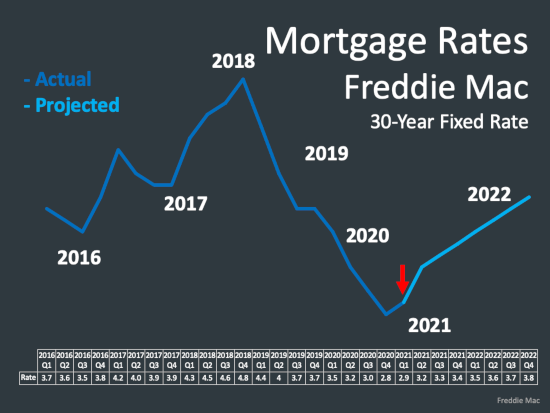
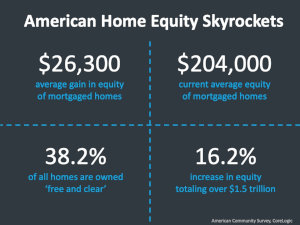 Lifestyle demands, low rates, scarce inventory, and formidable equity have created a very competitive market. Large down payments due to moving equity from one home to the next, along with strict lending requirements have propped up the stability of the housing market. I am often asked if we are headed towards a housing bubble because of the rate of home appreciation, but it is important to understand that home values are supported by strong loan-to-value ratios and scrutinized lending. Unlike the Great Recession of 2008, when predatory lending (that involved low to no down payments and undocumented loans) formed an unstable foundation that eventually crumbled.
Lifestyle demands, low rates, scarce inventory, and formidable equity have created a very competitive market. Large down payments due to moving equity from one home to the next, along with strict lending requirements have propped up the stability of the housing market. I am often asked if we are headed towards a housing bubble because of the rate of home appreciation, but it is important to understand that home values are supported by strong loan-to-value ratios and scrutinized lending. Unlike the Great Recession of 2008, when predatory lending (that involved low to no down payments and undocumented loans) formed an unstable foundation that eventually crumbled.










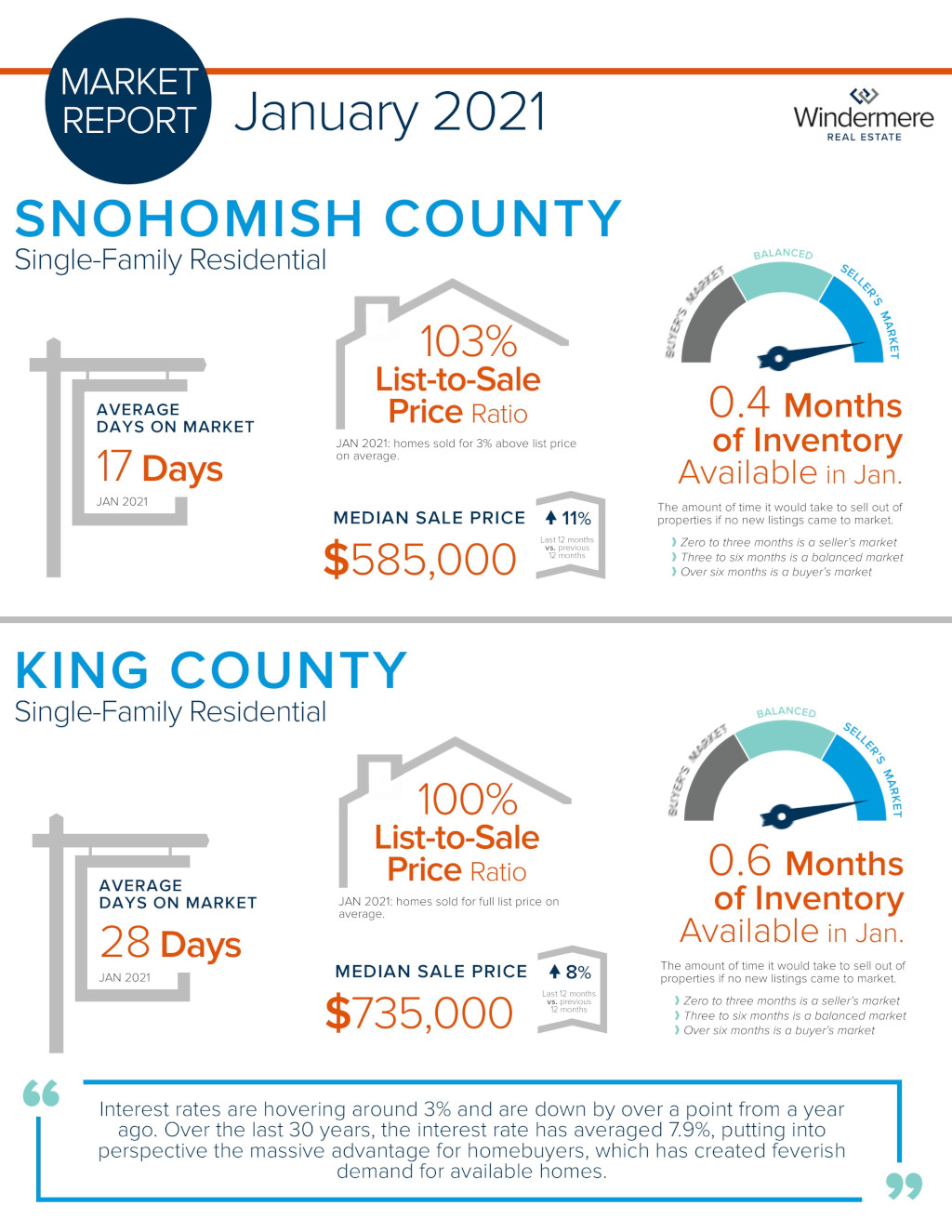
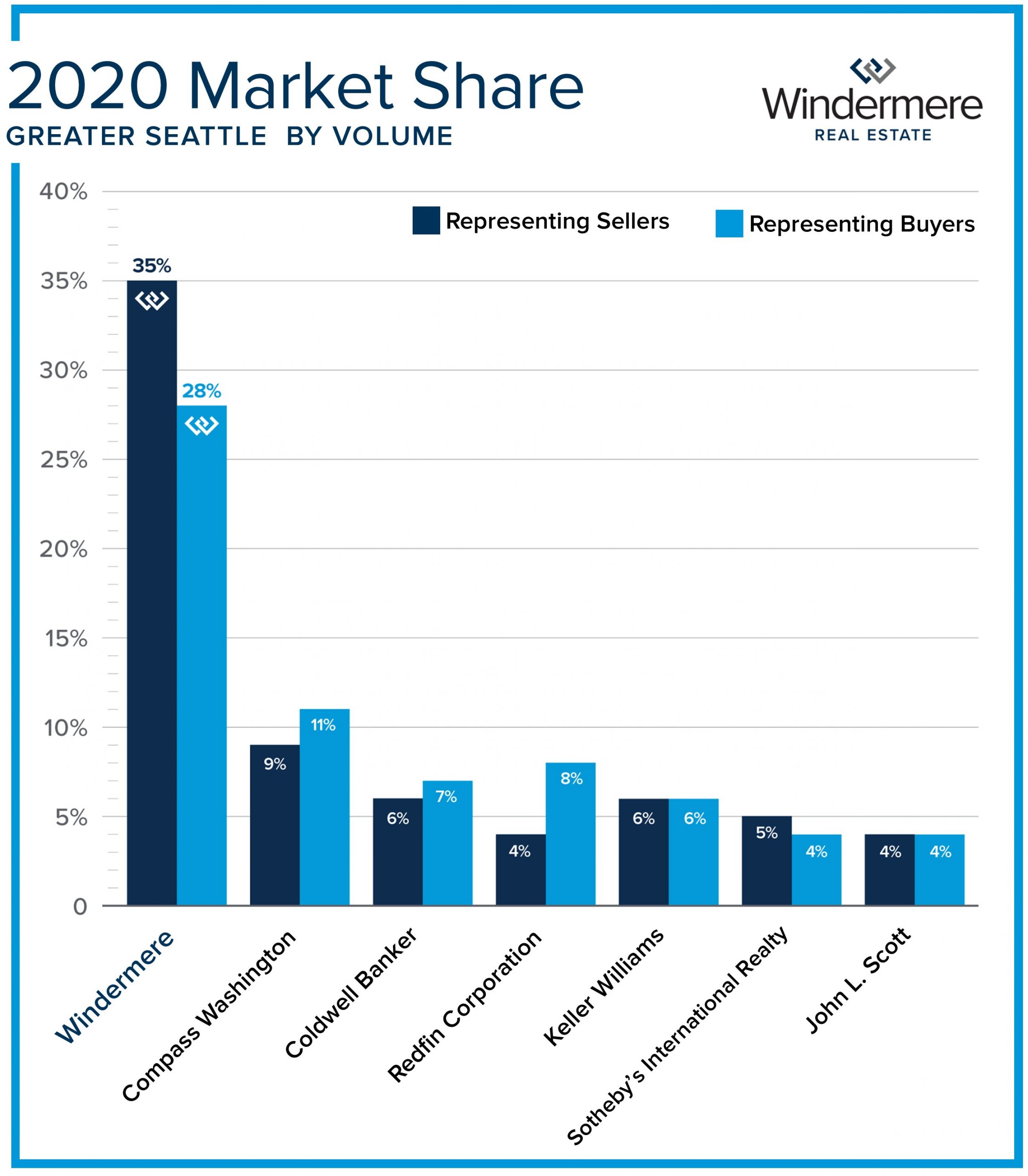 What does this market mean for buyers? Well, you must have a plan! Pre-underwritten financing, pre-offer performed due diligence, organized funds for the down payment, and possible appraisal cushions have been key elements for success. In addition, aligning with a skilled broker to help a buyer prevail is paramount. A responsive broker who is a good communicator can be the difference-maker in winning a home. Listing agents and sellers will not only vet the elements of an offer, but they will also consider the working relationship established with buyers’ brokers as they review offers. There is a special magic to developing these relationships and it takes extra effort. Windermere as a company has been a market leader for many years and continues to work hard to make strong connections for success.
What does this market mean for buyers? Well, you must have a plan! Pre-underwritten financing, pre-offer performed due diligence, organized funds for the down payment, and possible appraisal cushions have been key elements for success. In addition, aligning with a skilled broker to help a buyer prevail is paramount. A responsive broker who is a good communicator can be the difference-maker in winning a home. Listing agents and sellers will not only vet the elements of an offer, but they will also consider the working relationship established with buyers’ brokers as they review offers. There is a special magic to developing these relationships and it takes extra effort. Windermere as a company has been a market leader for many years and continues to work hard to make strong connections for success.